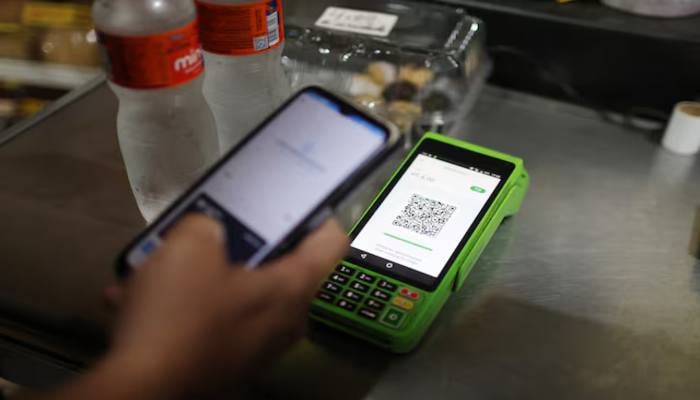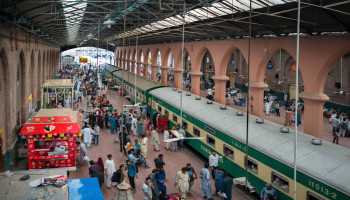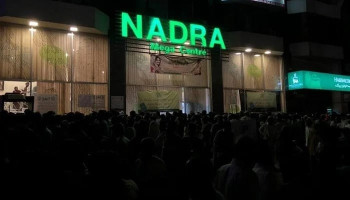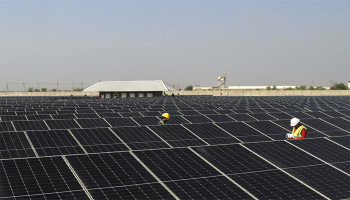
A person pays using their cell phone with the instant electronic payment mode known as PIX, at a store in Rio de Janeiro, Brazil April 1, 2024. — Reuters
In contrast to the government's ongoing efforts to widen the adoption of online payment systems, it has emerged that less than 700,000 retailers in Pakistan are currently using digital payment systems.
Highlighting a significant hindrance in the country's push towards a cashless economy, this slow adoption is reportedly evident in Islamabad, where only about 39,000 retailers have integrated digital payment methods.
The government has set an ambitious goal to connect at least 2 million merchants to digital platforms by June 2026. However, resistance from the retail sector is complicating this initiative.
During a recent briefing, government officials stressed the need to transition to a cashless economy for sustainable development and called for enhanced awareness campaigns, especially in rural areas.
State Minister for Finance Bilal Azhar Kayani has been assigned to oversee this cashless economy initiative. Despite these efforts, the volume of currency in circulation rose by 34% as of June, and a proposed increase in the withholding tax on cash withdrawals to 1.5% may further encourage cash hoarding.
The reluctance of traders to engage with the formal economy poses a significant hurdle for the authorities' ongoing efforts to enhance tax compliance.
The government has now shifted its focus to integrating retailers into digital payment systems to improve sales monitoring and tax collection, which has disproportionately shifted the tax burden onto salaried individuals and the manufacturing sector.
















